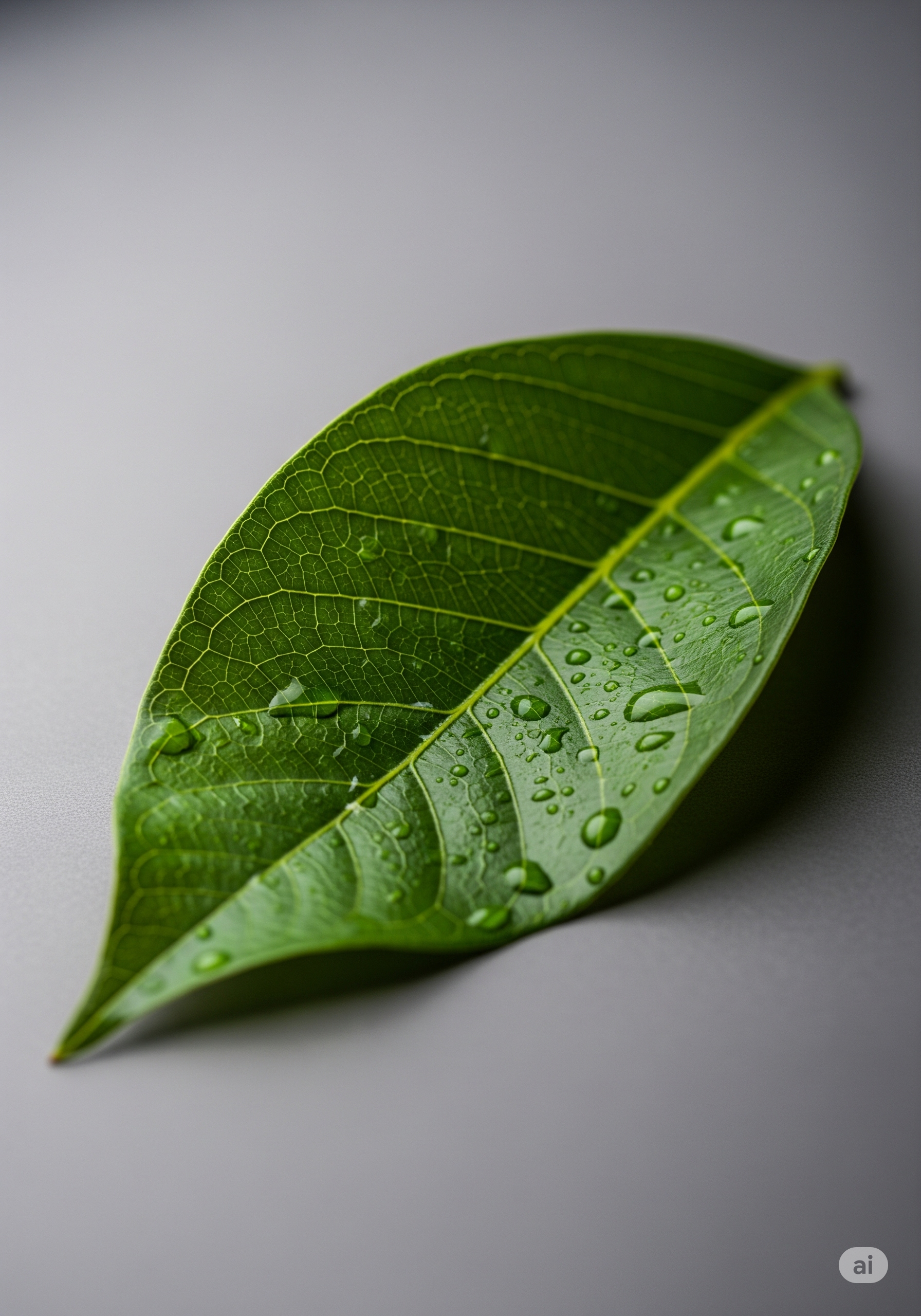Tree Wisteria (Vanwykshout) #
Bolusanthus speciosus

Quick Info #
- Distribution & habitat: Natal, Zululand, Swaziland, parts of Transvaal, Zimbabwe, Mozambique and Angola – bushveld, often on heavily alkaline soils
- Family: Fabaceae
- Florescence: August to January
- Fruiting: September to March
- Leaf habit: deciduous or semi-deciduous
- Name origin: anthus means “flower” and speciosus means “beautiful”. The scientific name is also a nod to Harry Bolus. The common name “tree wisteria” comes from the similarity of the flowers to those of the wisteria plant.
- Other names: elephant wood, mogapa (Northern Sotho), olifanthout, Rhodesian wistaria, umhohlo (Zulu), wild wistaria
Description #
Generally a smallish tree around 3 to 6/7 m – but sometimes standing taller – the tree wisteria grows with elegance. In its smaller form it is particularly svelte, and only when larger will its upright and otherwise narrow crown spread out.
The trunk is fairly upright but divided. The bark is smooth and grey on young branches, but on older branches and trunks it is characteristically brown to blackish-brown and rough with fissures that run lengthwise. The glinty, nutant, greyish-green or light-green leaflet somewhat resembles a sickle or lancet. The light blue to violet flowers, aromatic and shaped like pea flowers, are borne on sprays in masses. The flowers are essential to the tree’s grabbing appearance.
The papery and slightly rough fruits are pods hanging in clusters. They are thin, although they thicken around the seeds, and brown to black when ripe. They never split to release their seeds.
Uses & Ecology #
The most obvious use of the tree wisteria is simply its visual appeal in a garden. In well-drained soil in full sunlight, it can thrive and resist drought and termites. It also makes for an aesthetically pleasing bonsai.
Blue monkeys eat the flower buds. Duikers like the fallen pods and leaves. Camels and gemsbucks eat the leaves.
The bark is used medicinally. The dried phloem is used to relieve abdominal pain. The roots are boiled with beans and the decoction is taken orally to treat stomach issues.
The rather heavy wood is durable, hard, sightly and strong. It is used to make furniture, fence poles, plywood, spokes, yokes and wagon parts – although the challenge here is that you don’t get that much wood from a single tree. The wood can also be used to make a fire.
References #
- Coates Palgrave, K. & P. & M. (1989) Die Suid-Afrikaanse Boomgids. Johannesburg: Central News Agency.
- Klapwijk, N. (2003) Bolusanthus speciosus. Available at: https://pza.sanbi.org/bolusanthus-speciosus (Accessed: 22 September 2025)
- Letty, C. (1980) Ons eie boomboek. Cape Town: Tafelberg Publishers.
- Van Wyk, B & P. (1997) Field Guide to Trees of Southern Africa. Cape Town: Struik Publishers.
- Van Wyk, B. & P. (2008) Identifiseer die Bome van Suider-Afrika. Cape Town: Struik Publishers.
- Van Wyk, P. (1988) Veldgids tot die Bome van die Nasionale Krugerwildtuin. Cape Town: Struik Publishers.
- Venter, F & J.A. (2002) Benut on Inheemse Bome. Pretoria: Briza Publications.
Caution: Consult a qualified health practitioner before considering medically using or ingesting any plant parts. Any mentioned traditional uses are based on cultural practices and anecdotal evidence. They are not necessarily clinically proven or supported by modern scientific studies.